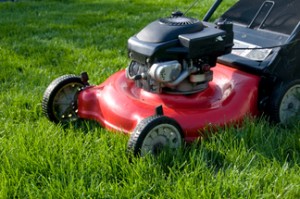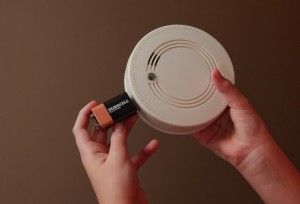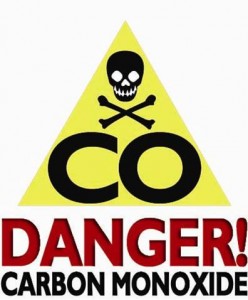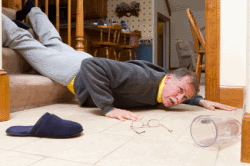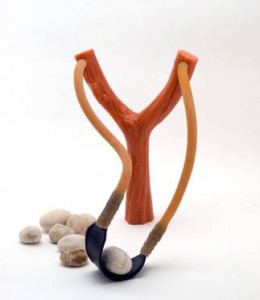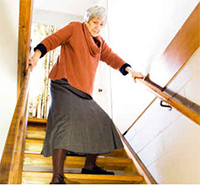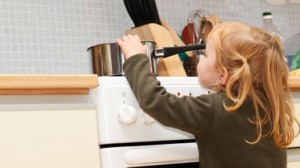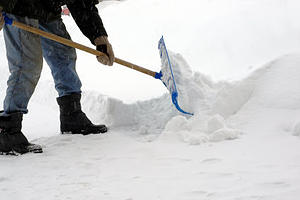 Snow shoveling can certainly be good exercise. But there are certain higher risk groups who should think twice before picking up that shovel.
Snow shoveling can certainly be good exercise. But there are certain higher risk groups who should think twice before picking up that shovel.
If you’ve ever had a heart attack, if you have heart disease, high blood pressure or high cholesterol, you probably don’t want to do the shoveling yourself. At the very least, you should consult your doctor before attempting it.
Smokers may want to resort to that snow blower – and certainly you should never smoke while shoveling. Tobacco smoke constricts blood vessels just as cold air does; the combination can be dangerous.
And if you lead a sedentary lifestyle, you could be putting yourself at risk. You don’t want very strenuous snow shoveling to be the only thing you’ve gotten off the couch for in a month. It’s definitely something that needs to be worked up to.
Here are some tips to make shoveling safer:
- Always remember to dress warmly. You may be working up a sweat, but that doesn’t mean you’re immune to the effects of the cold.
- Don’t feel you need to get the whole driveway cleared in one shot. Take breaks every 15 minutes.
- Go inside for some hot chocolate, but don’t drink coffee. The caffeine may increase your heart rate and cause your blood vessels to constrict, just like smoking does.
- Keep hydrated. Drink plenty of water.
- And most importantly, know the warning signs of a heart attack. These may include chest pain, shoulder, neck or arm pain; dizziness, fainting, sweating or nausea; or shortness of breath. And if you think you’re having a heart attack, seek medical help immediately.
- When shoveling, it’s important to avoid back strain. The average shovel (loaded with 16 pounds of snow) ends up moving 192 pounds of snow, if you load your shovel about 12 times a minute. That’s almost 2,000 pounds being lifted in just over 10 minutes!
Here is how to shovel properly:
- Lift with your legs, not your back. Bend your knees and keep your back as straight as possible so that the lifting comes from your leg muscles, not your back. Never bend at the waist. Step in the direction that you’re throwing snow. This will help prevent the lower back from twisting and will help alleviate any back soreness that you might typically experience the day after a hard shoveling job.
- Create some distance between the hands. This will give you more leverage and make it easier to lift snow.
- Pick up smaller loads of snow. It’s best to shovel by sections. If you’re shoveling deep snow (a foot or more), take it easy and shovel two or three inches off at a time.
- Do push. Don’t lift. Save your back and your energy by simply pushing the snow to the side instead of lifting the snow and throwing it off to the side.
via Snow shoveling safety tips – 19 Action News|Cleveland, OH|News, Weather, Sports.
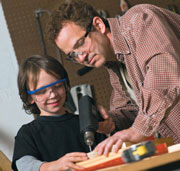 We want all Americans to be aware of the dangers to their eyes at home, in the workplace and while playing sports.
We want all Americans to be aware of the dangers to their eyes at home, in the workplace and while playing sports.
